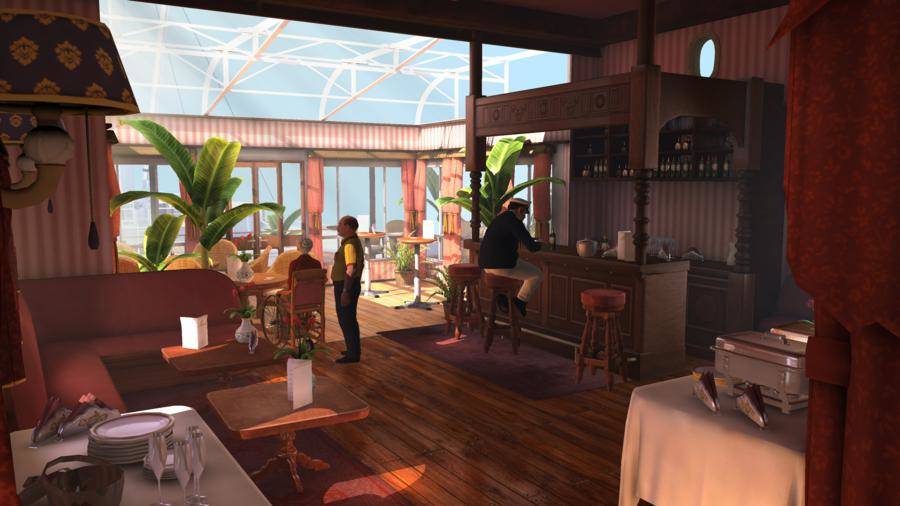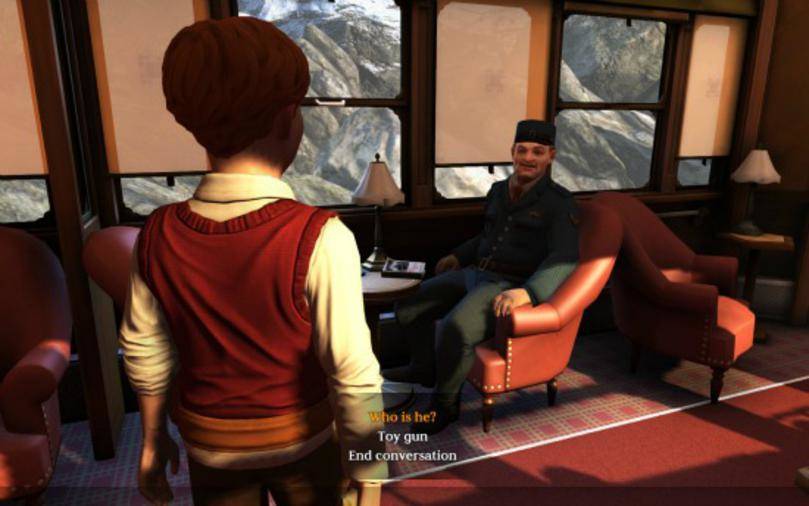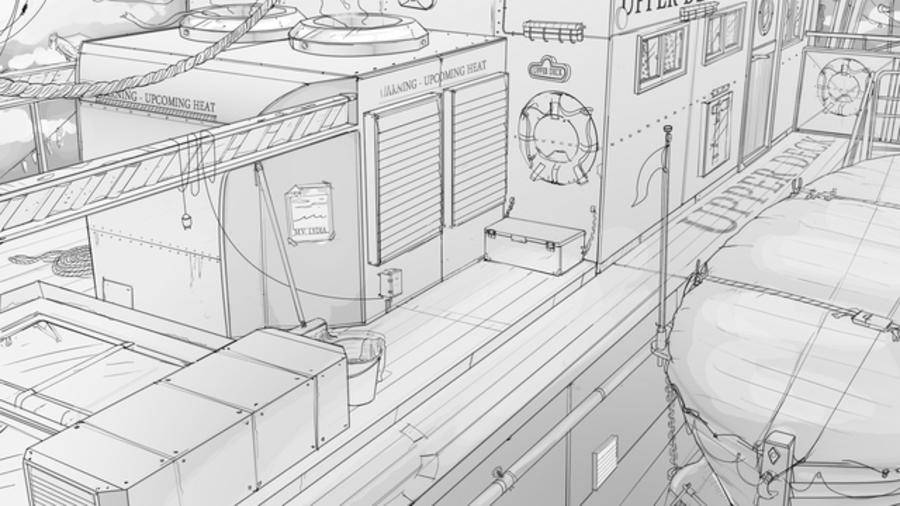The Raven Legacy of a Master Thief Review
The Raven: Legacy of a Master Thief – Chapter 1 Review
Introduction
Releasing games in chunks similar to a TV show seems to be a growing trend among developers, thanks in part to the success of Telltale’s The Walking Dead. German developer KING Art, notable for their award-winning title The Book of Unwritten Tales, has opted to go for the episodic route with their latest adventure game, The Raven: Legacy of a Master Thief. This first chapter sets the stage for their throwback detective tale, which contains some good ideas but might not be as gripping as it wants to be.
A Slow Start on the Train of Mystery
Paying homage to the works of Agatha Christie, the story is a mystery involving a legendary thief known as The Raven, an infamous criminal known for leaving raven feathers as his calling card. Originally thought to have been killed in 1960 by Interpol Special Investigator Nicolas Legrand, he has allegedly reappeared four years later, with his most recent pilfering being a priceless gemstone called the “Eye of the Sphinx.”
Beginning on a train traveling from Zurich to Venice, the game’s protagonist, Constable Anton Jakob Zellner, begins his task of aiding Legrand on a secret mission. Zellner is only to assist for the duration of the trip, but he’s tired of his normal beat for the Swiss police and has designs on becoming a master detective. Suspecting that Legrand is attempting to track down this new Raven, Zellner decides to try and prove his worth by investigating strange occurrences on the train, hoping that Legrand will notice his knack for sleuthing.




- 1
- 2
- 3
- 4
The first couple of hours are only mildly engaging, with Zellner helping one passenger find a lost purse, and another that’s locked out of his compartment. Most of the conversations he has are fairly dry, as well, and the writers made sure to remind the player that this is a mystery by making most of the passengers speak in tones that signal they’re hiding something. This is laughable at times, but The Raven avoids becoming a parody and gets better as the story unfolds, despite a couple of predictable plot twists.
Death Approaches, Nobody Seems to Care
While the narrative eventually becomes enjoyable, it’s held back for a couple of reasons, including the emotionless voice-acting. Indeed, there are plenty of solid performances from the voice actors, but there are too many instances of laziness during scenes that are supposed to be tense. One moment comes from Zellner when the situation grows dire on the train. Instead of his voice having a sense of urgency, it’s just as curious and flat as it was when he was quizzing the passengers.
The visuals add to this disconnect, as well. The graphics are colorful, and the set-pieces and décor look authentic, but the facial animations are bland and the characters look like they’re day dreaming, which causes some of the more dramatic conversations to lose their luster. Even the music (a wonderful orchestral score) causes awkward juxtaposition when a lively jazz number starts playing during a serious discussion, which again makes a reveal have less of an impact.
Old-School Flavor With a Modern Twist
Like the story, the gameplay has its ups and downs, though there is some good design at play. Obviously taking cues from more recent adventure games, KING Art uses the point-and-click mechanic in a way to cut down on the amount of pixelhunting and trial-and-error typically found in older games in the genre. They did this by making the cursor icon change into either a magnifying glass or a hand only when it’s hovering over an object that’s important, and doesn’t force the player to examine things that don’t serve a purpose.
This a tactful approach to keeping the game design accessible, but it’s not without its issues. Some of the objects that must be used are either difficult to find due to poor camera angles, or they blend in so well with the background that they’re hard to spot. To make things worse, once the item is found, or a scene is triggered, the solution becomes obvious. Fortunately, the puzzles become slightly more complicated and satisfying as the game advances, including a fairly complicated one involving a crime scene, a stubborn doctor and some sketchy evidence.
Conclusion
It’s clear that KING Art attempted to mold The Raven in a way to please old and new adventure game fans, by incorporating cinematic storytelling with a mix of simple and obtuse puzzles, including a few optional ones. It’s an approach that works to a degree, but doesn’t start to show promise until later in the game. That promise is enough to make it worth playing and, judging by the game’s ending, it looks it might get better in the coming months when the second and third chapters are released.
Positives
- Solid soundtrack
- Entertaining story
- Strong ending
Negatives
- Dull face animations
- Takes too long to get interesting
- Puzzles are hit and miss



